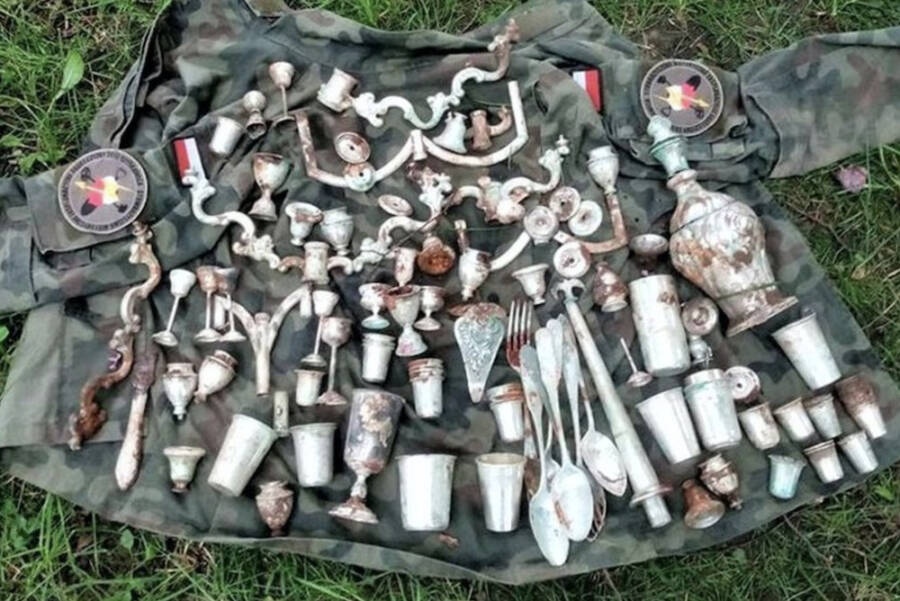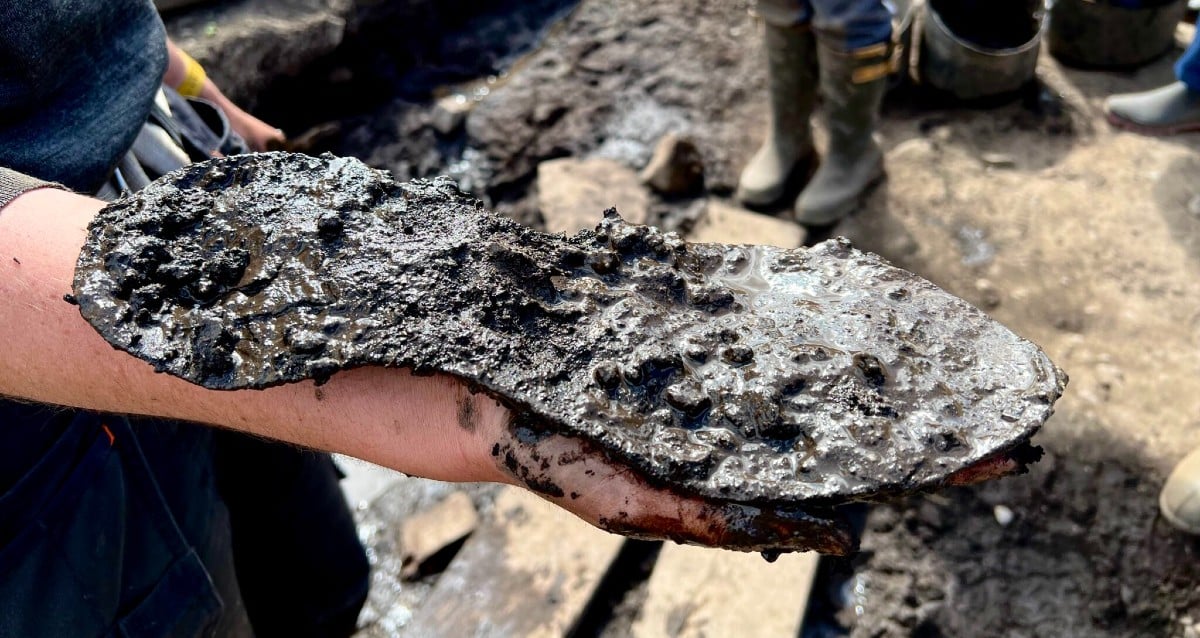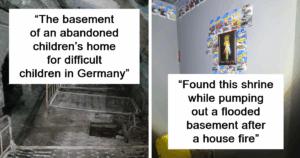“Lost Treasures Unearthed: Nazi-Stolen Silver Discovered in Poland’s Enigmatic 14th-Century Castle!”
The find was made by Stanislaw Pustułka of the Nowy Sacz Historical and Exploratory Association while he was examining the property for artifacts just like this.
“After a while, we saw silver, a lot of silver,” Pustułka said.
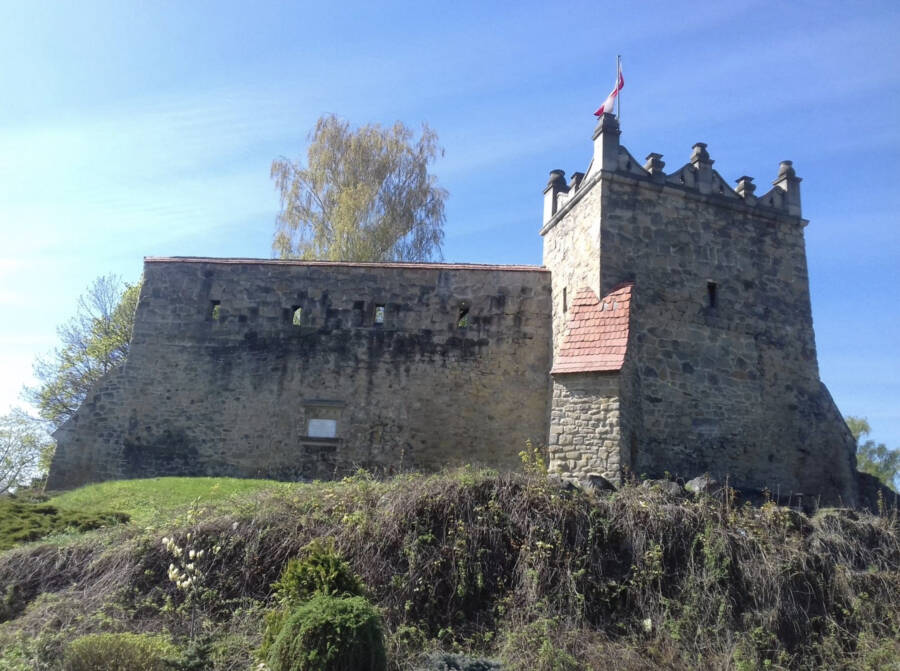
Nowy Sacz Historical and Exploratory AssociationNowy Sacz was blown up by Polish soldiers a few years later. Only the outer walls and a reconstructed keep remain.
The research team found a total of 103 silver objects that included homewares like goblets and cutlery. The Nowy Sacz Historical and Exploratory Association currently believes that these items were produced in Austria or Poland.
“It is Judaica, probably from the turn of the 19th or 20th century, connected to Jewish ritual and was probably buried during World War Two,” said local archaeologist Bartlomiej Urbański.
But questions around the treasure’s origins linger. “Is it connected with the buildings that used to be in this part of the city, or was it stolen by the Germans, who were then unable to take it away?”
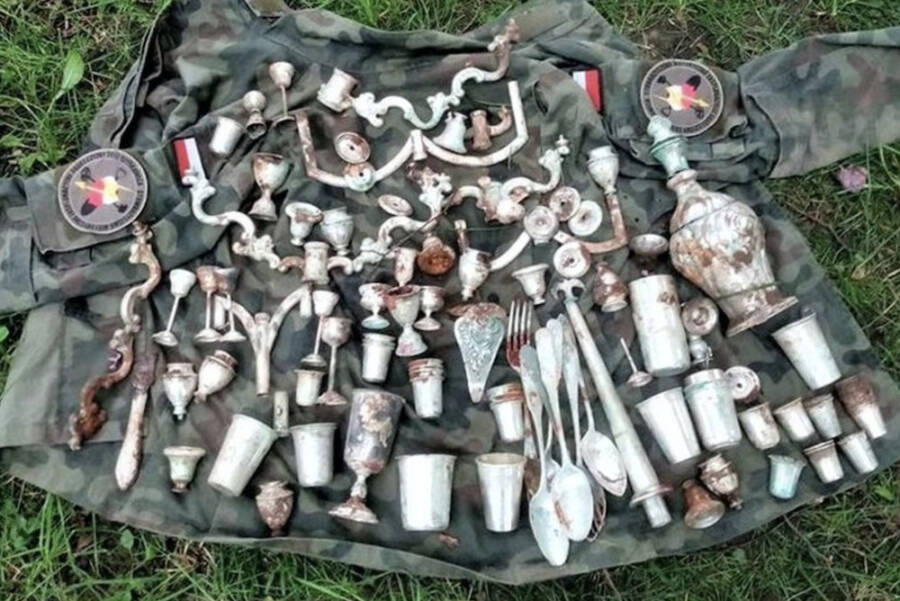
Nowy Sacz Historical and Exploratory AssociationIt is still unclear whether or not these items were stolen from Poland or transported to the castle from Austria.
Nowy Sacz Royal Castle was blown up by Polish soldiers in 1945, but not before all 20,000 Jews trapped in the ghetto were sent to the Belzec concentration camp.
Today, only the castle’s outer walls and a reconstructed keep remain.
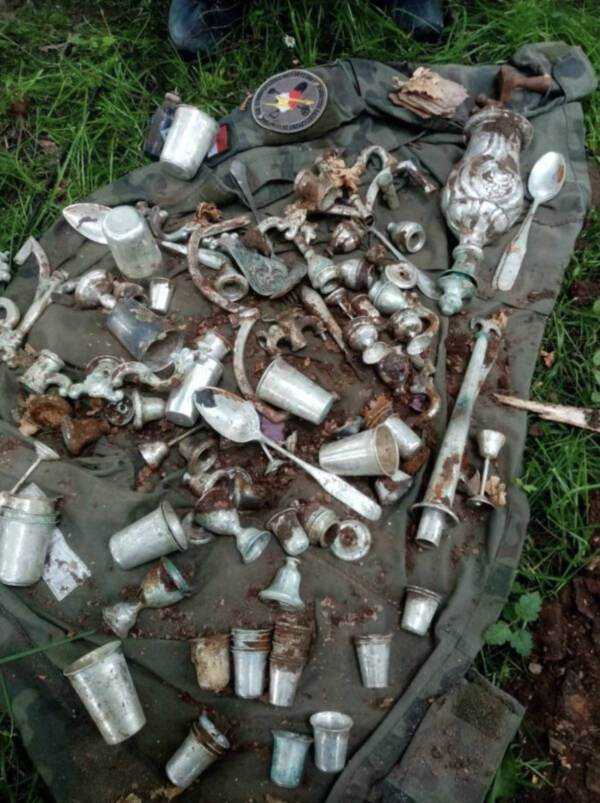
Nowy Sacz Historical and Exploratory AssociationThe recovered items will be put on display at the local Regional Museum.
For now, archaeologists will continue to dig on site and catalog their finds. These will be displayed in the local Regional Museum.
